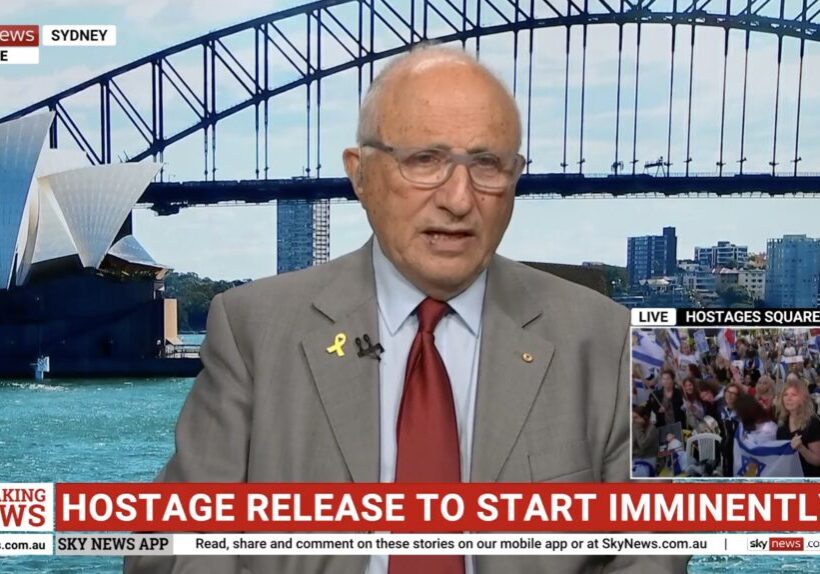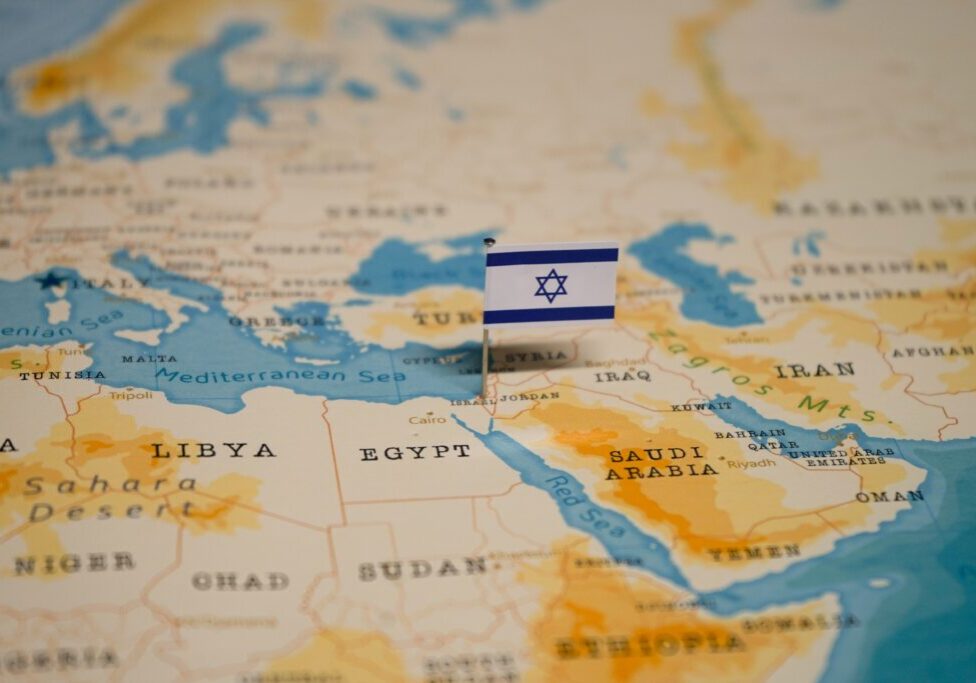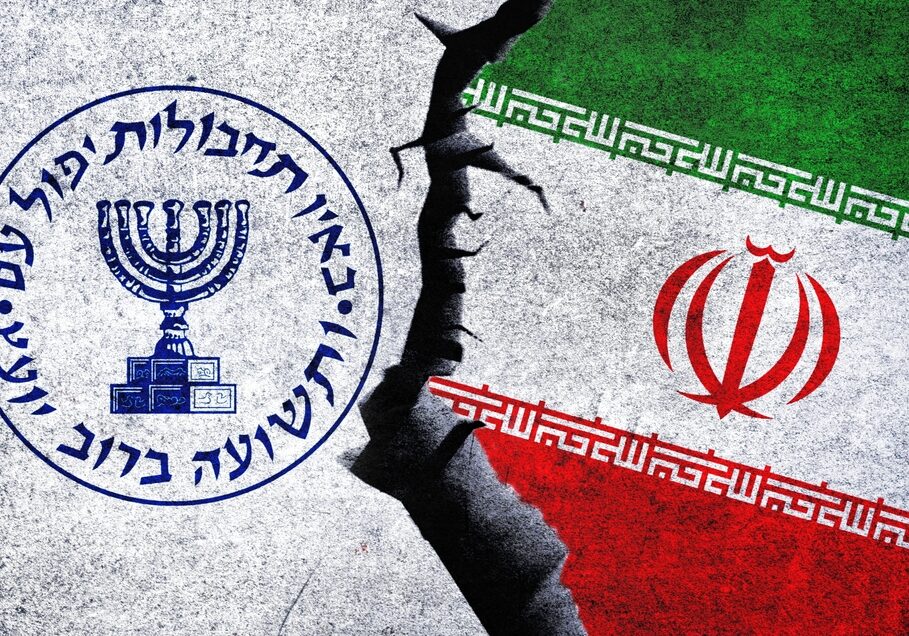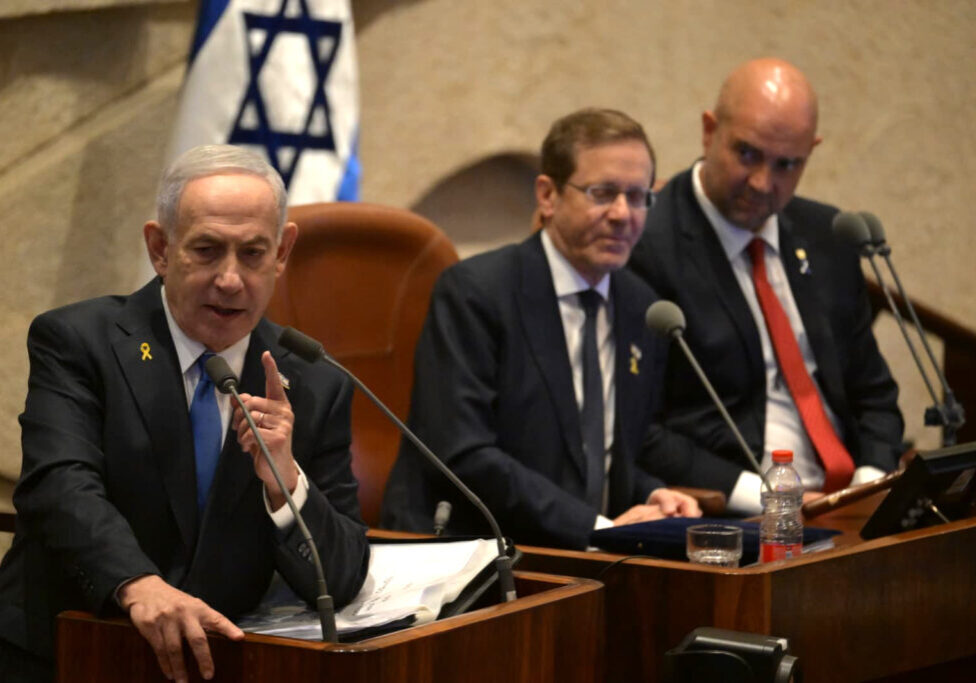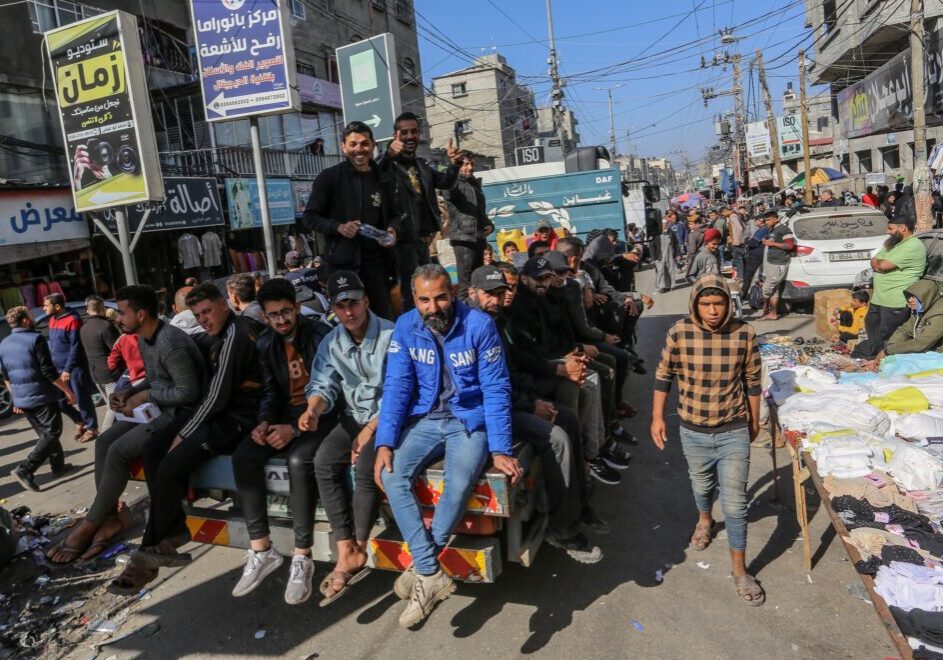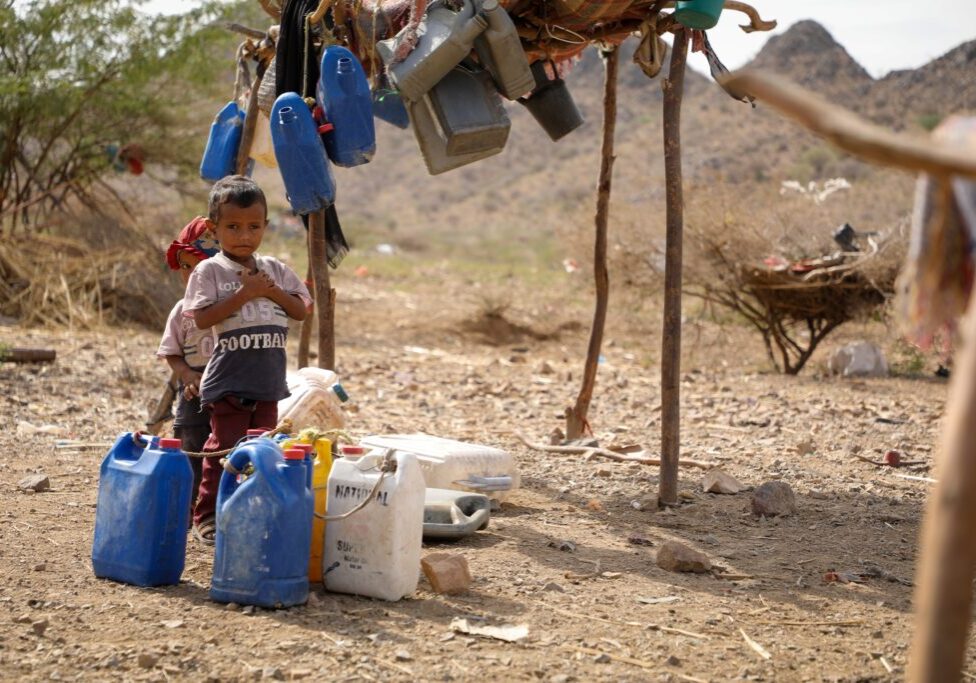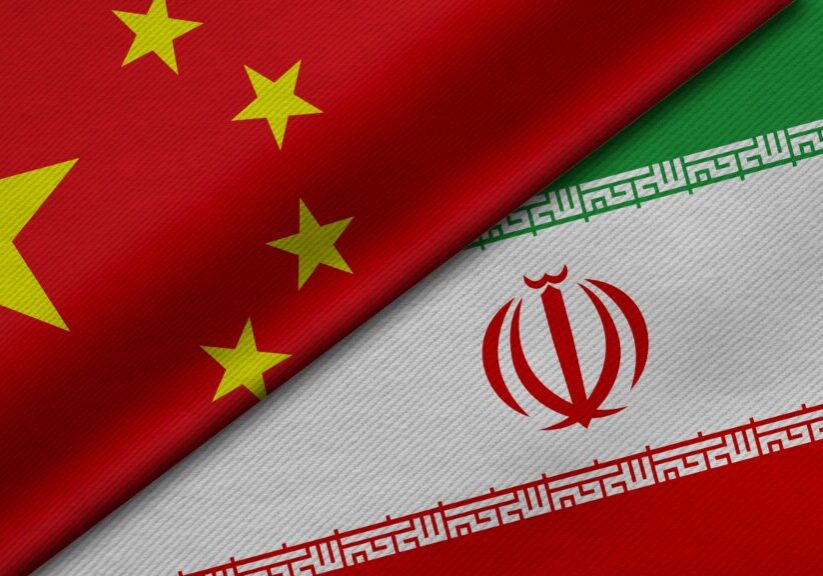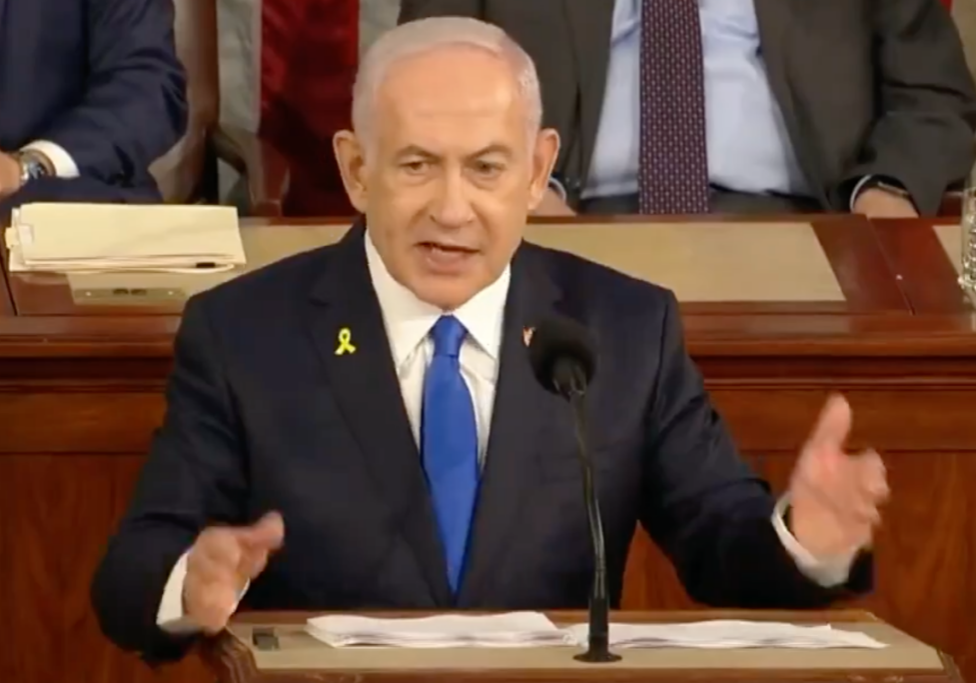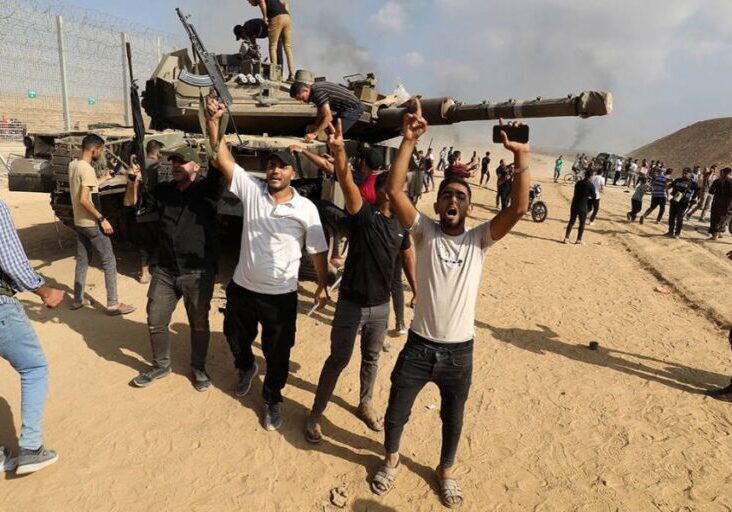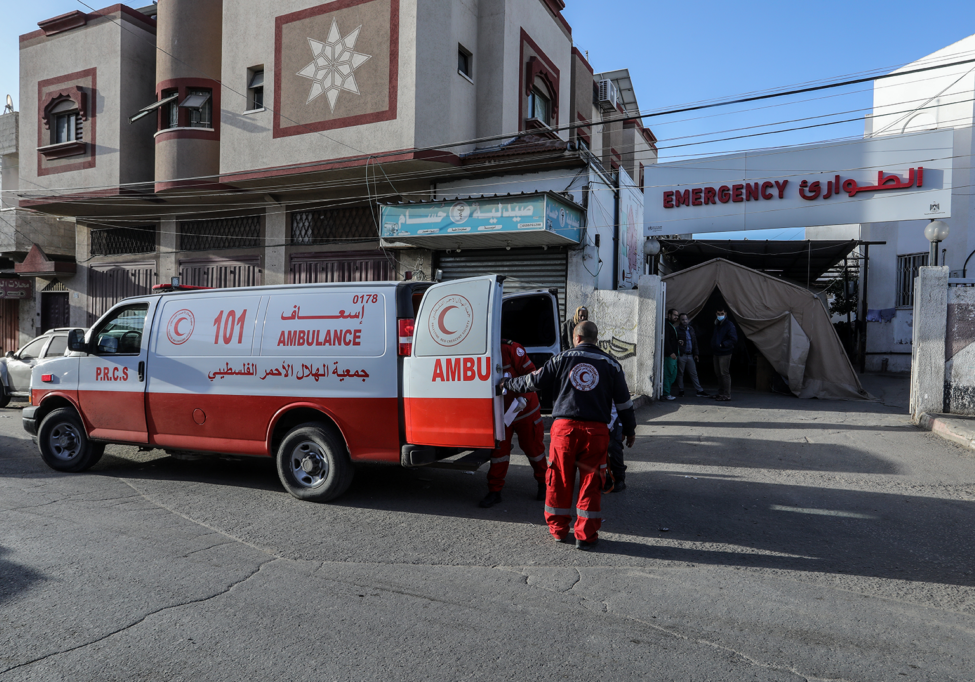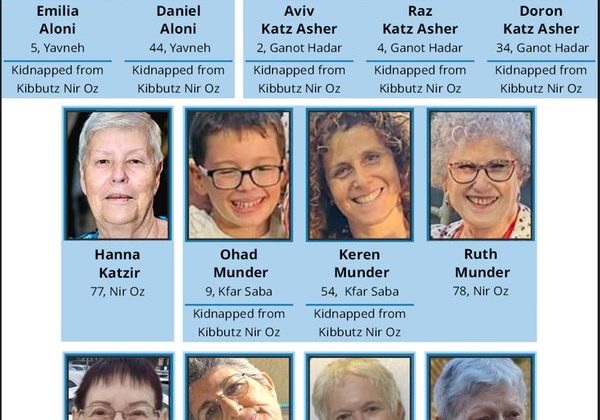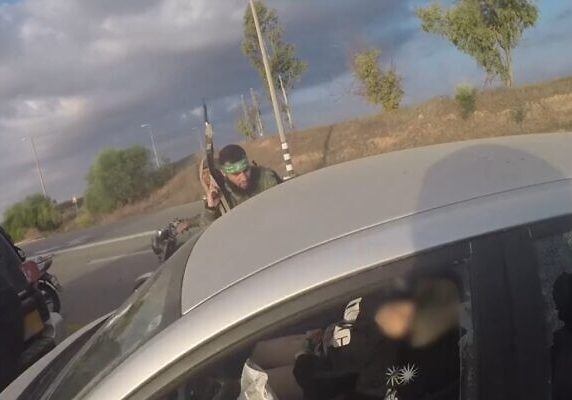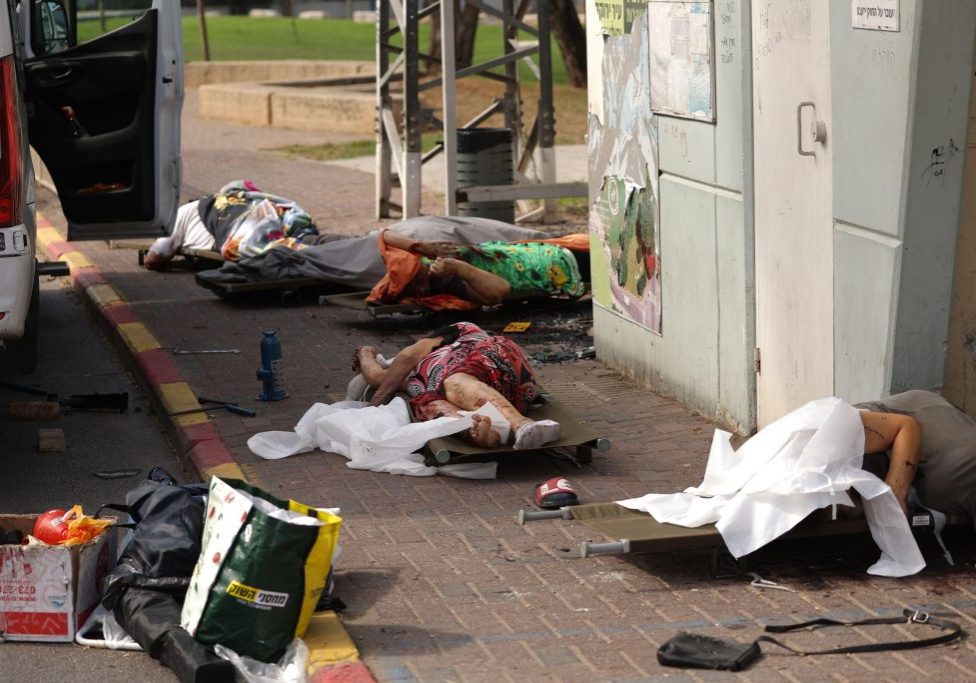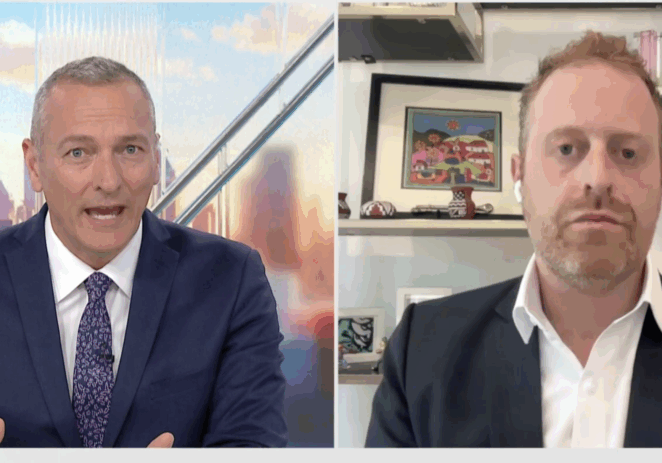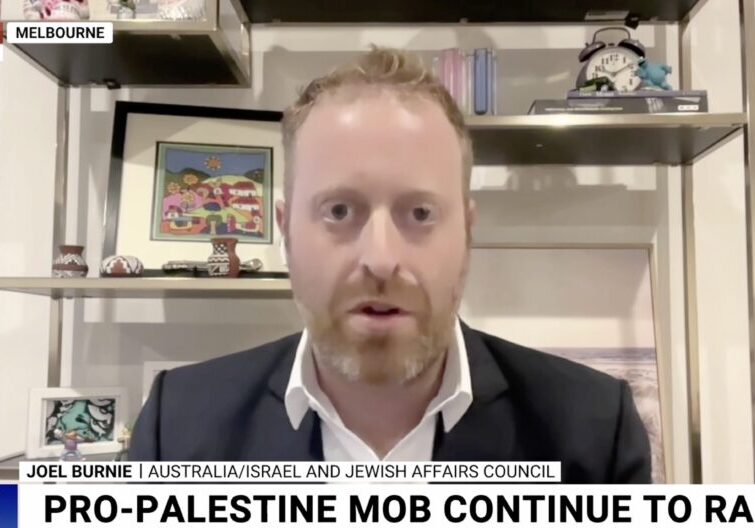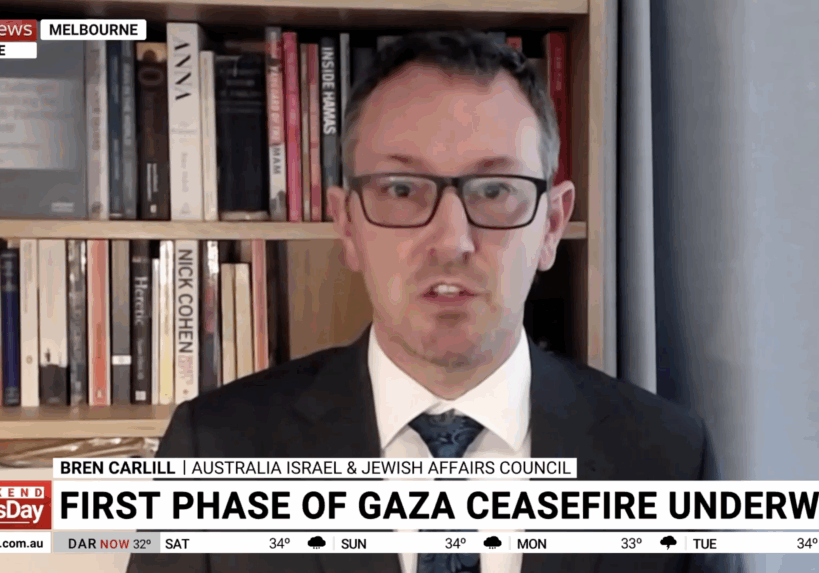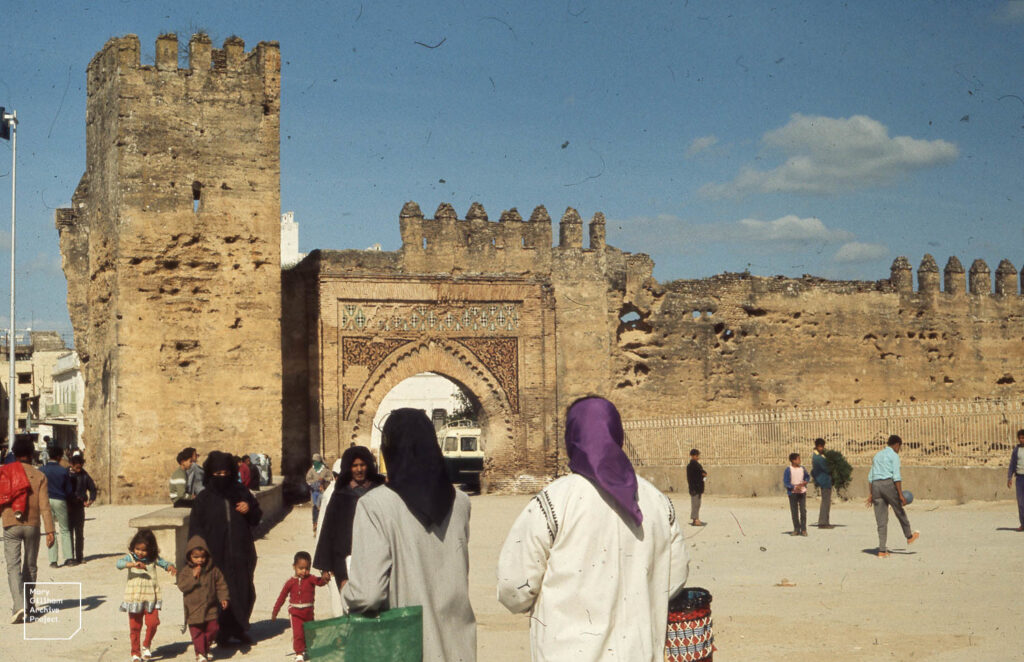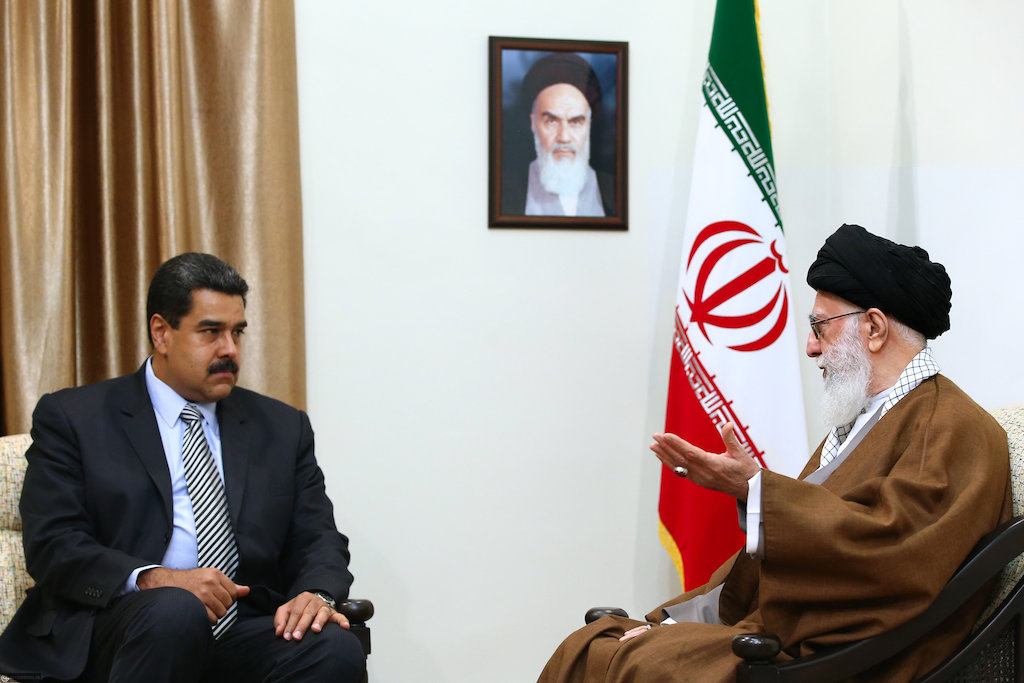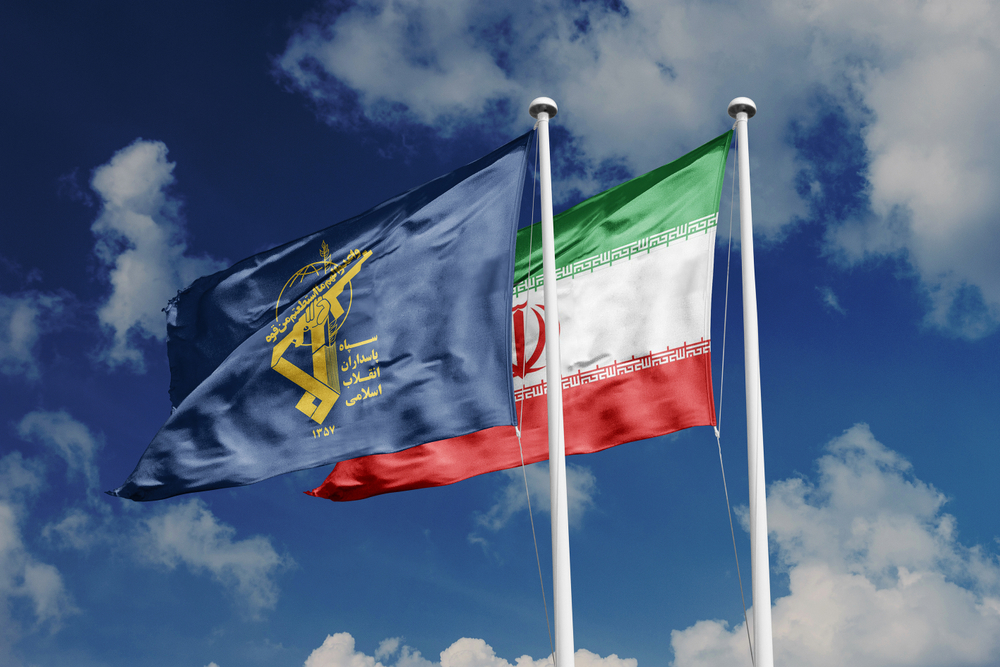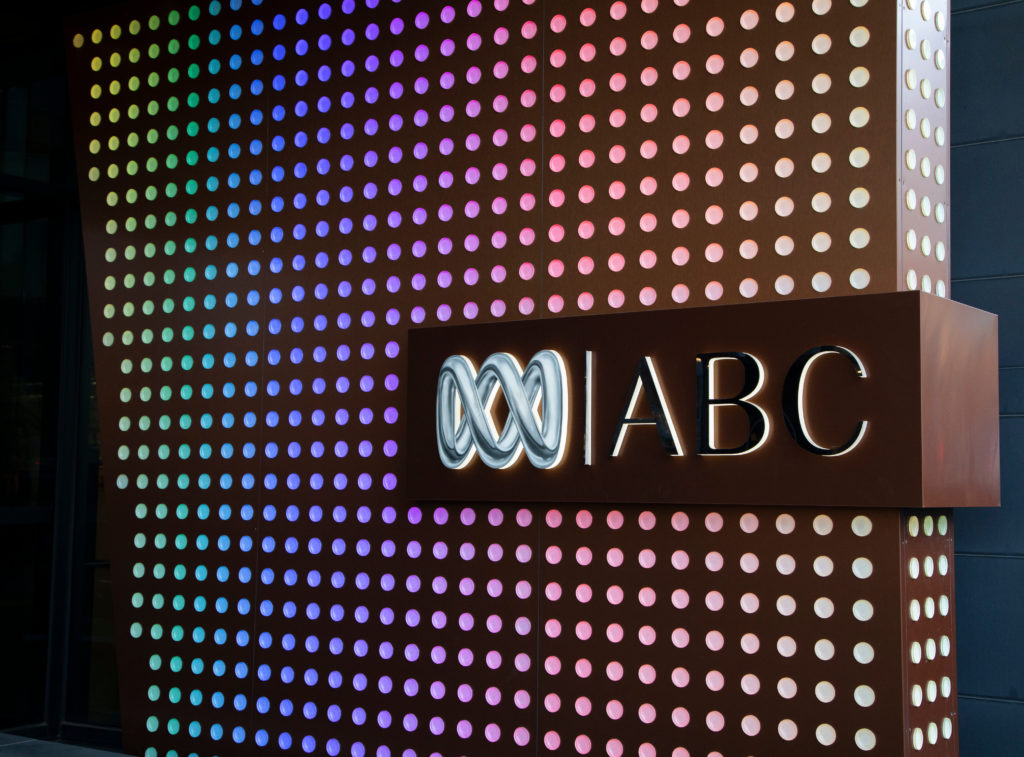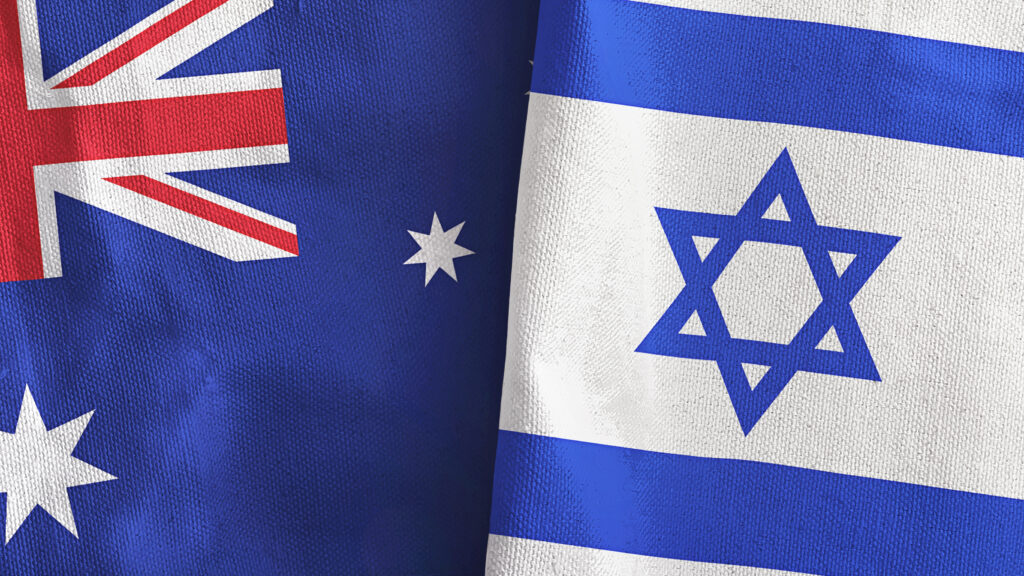FRESH AIR
With all the discussion of disarming Hamas, how are the plans to disarm Hezbollah going?
October 24, 2025 | Oved Lobel
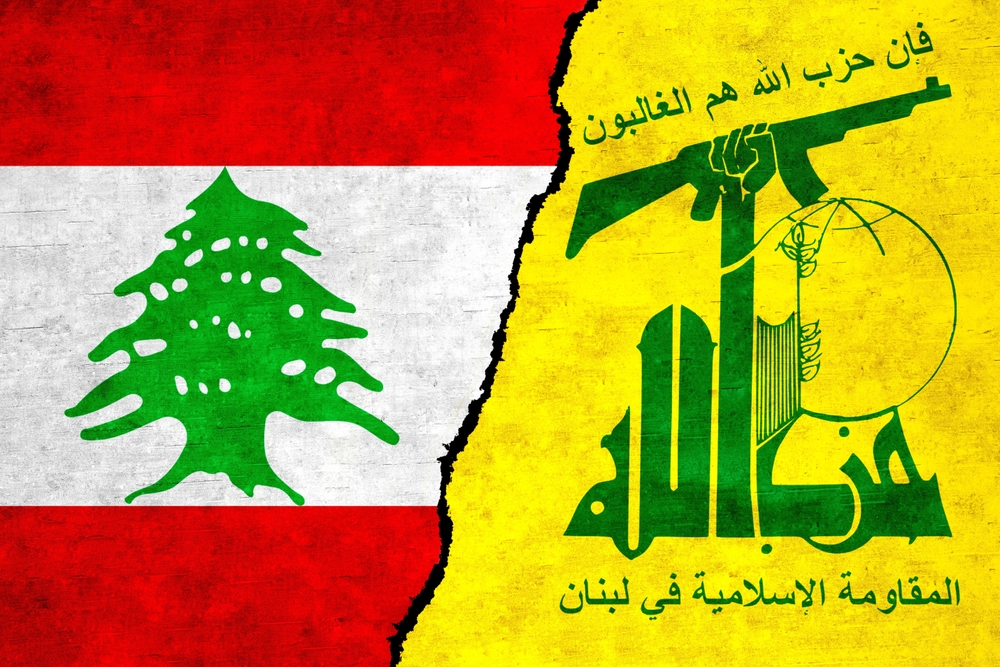
The current Gaza ceasefire deal is generally agreed to be fragile, with no clear path to phase II. The key sticking point, upon which the entire plan hinges, is how – and indeed if – Hamas can be disarmed.
In the context of this debate, it is worth reviewing how plans to disarm Hezbollah are proceeding since the Israel-Lebanon ceasefire deal late last year, the preamble of which says that the deal reflects “steps to which Israel and Lebanon are committed in order to implement” long-standing UN resolutions that demand the “disarmament of all armed groups in Lebanon.”
On September 5, the Lebanese Government “welcomed” the phased plan for the disarmament of Hezbollah presented to it by the Lebanese Armed Forces (LAF), which had been instructed to present such a plan a month prior.
At first glance, this appeared to finally signal genuine momentum towards establishing a state monopoly on arms and the end of Hezbollah’s parallel state. The Israeli Government even released a statement in late August acknowledging “the significant step taken by the Lebanese Government.”
Unfortunately, upon closer inspection, this appears to be nothing more than yet another delaying tactic by the Lebanese Government.
Lebanese Information Minister Paul Morcos said the LAF would begin implementing the plan, but only according to its very limited capabilities. He then went on to say the plan couldn’t be implemented until Israel stopped bombing Hezbollah. The details of the plan, if they exist, are unknown, and there is no timeline for full implementation.
LAF Commander Rodolphe Haykal, who reportedly threatened to resign over the risk of actively confronting Hezbollah, also refused to give a timeline and blamed Israeli attacks on Hezbollah, among other things, for hindering the LAF.
Instead of a hard timeline, the LAF is meant to submit monthly reports on progress, the first of which it submitted on October 6. Its contents are unknown because, as with the overall plan itself, the Lebanese Government is keeping the details confidential. Anonymous sources say the LAF is making progress, but there is little actual evidence of this, and the complete lack of transparency indicates otherwise.
What little progress has been claimed over the year may even be less than meets the eye. As Hezbollah expert Lieutenant Colonel (Res.) Sarit Zehavi wrote in August:
Although the LAF reported last March that it had located approximately 500 weapons depots in southern Lebanon, very little evidence has been published in the media regarding the weapons found. It is unclear what weaponry was involved, and it appears that much of it is non-operational… Bottom line: there appears to be cooperation between Lebanese army officers and Hezbollah in concealing weaponry—following the same patterns as before the war. Another critical issue is the fate of the weapons collected—will they be destroyed under international supervision, or will they eventually be returned to Hezbollah? We know of numerous cases in the past in which the Lebanese Armed Forces returned weapons they had located to Hezbollah.
Even in the Palestinian refugee camps in Lebanon, only token disarmament of some factions has been carried out. This does not instil much confidence in the LAF or Lebanese Government.
As Hezbollah is obviously refusing to disarm, and there is no chance the LAF will militarily confront it, it is hard to see any means of resolving this issue. Lebanese President and former LAF chief Joseph Aoun, referring to eventually disarming Hezbollah, said in late April that it “can only be approached through conciliatory, non-confrontational dialogue and communication.”
Moreover, the LAF is heavily infiltrated, and a substantial number of its personnel are Shi’ite, almost all of whom are supporters, if not actual members, of Hezbollah. The organisation and its allies still have power in the Lebanese Government, as well.
Further belying the more sanguine claims are recent comments from US Special Envoy for Syria and Ambassador to Turkey Tom Barrack, who posted the following on X on October 20:
Early this year, the United States offered the ‘One More Try’ plan, a framework for phased disarmament, verified compliance, and economic incentives under U.S.A. and France supervision. Lebanon declined to adopt it due to Hizballah representation and influence in the Lebanese Council of Ministers. Rather the Lebanese Cabinet and Council of Ministers are trapped in sectarian paralysis and are attempting to make a good faith step forward, which Israel has completely discounted. The Israelis have simply said the rhetoric does not match reality… Washington was willing to provide diplomatic cover for Hizballah’s peaceful political transition, coordinate regional statements connecting investment to progress, and assist Beirut in presenting disarmament not as surrender, but as sovereignty reclaimed. All these initiatives have stalled… Now is the time for Lebanon to act.
Nothing in Barrack’s essay suggests the US believes Lebanon has made any progress on the Hezbollah issue. One recent report said that the French Foreign Minister Jean-Noël Barrot and Barrack had agreed that “LAF must demonstrate a tangible and quantifiable progress in its operations to disarm Hezbollah south of the Litani River,” which, as analyst David Daoud pointed out, suggests that the LAF has not even made real headway on phase one.
But even if one believed the LAF was making some progress on phase one, Western intelligence officials recently told the Jerusalem Post that “Hezbollah is rebuilding faster than the Lebanese army is dismantling,” saying the group had managed to rearm, recruit and restore its bases.
Finally, there are near-daily Israeli strikes against Hezbollah operatives and infrastructure, coupled with the constant reports of interdiction of Iranian weapons headed to Hezbollah by the new Syrian Government. Israel has killed at least 150 Hezbollah operatives, and perhaps more than double that number, since the November 2024 ceasefire. It has also relentlessly targeted Hezbollah’s infrastructure and potential to rebuild, including in ground raids. Airstrikes have recently intensified.
In other words, while Syria and Israel are working relentlessly to try and halt or at least blunt Hezbollah’s regeneration, the LAF is nowhere to be seen.
In December 2024, I wrote that, despite the fall of Bashar al-Assad’s regime in Syria that month, there might be “no substantial change to the status quo, with the venal and feckless leaders in Lebanon simply doing nothing, as has been their wont historically.” It seems that this is currently the case, despite occasional claims to the contrary.
The outcome of the Lebanese parliamentary elections, scheduled for May 2026, may change matters, assuming Hezbollah does not win the areas it needs to as resoundingly as it has in the past. But given the group’s ongoing revival and rearmament, and the lack of serious action by the LAF, a large-scale escalation between Israel and Hezbollah seems inevitable before that date.
Thus far, then, the faltering Lebanese efforts, or lack thereof, at disarming Hezbollah appear to offer important lessons for what not to do in Gaza.
RELATED ARTICLES
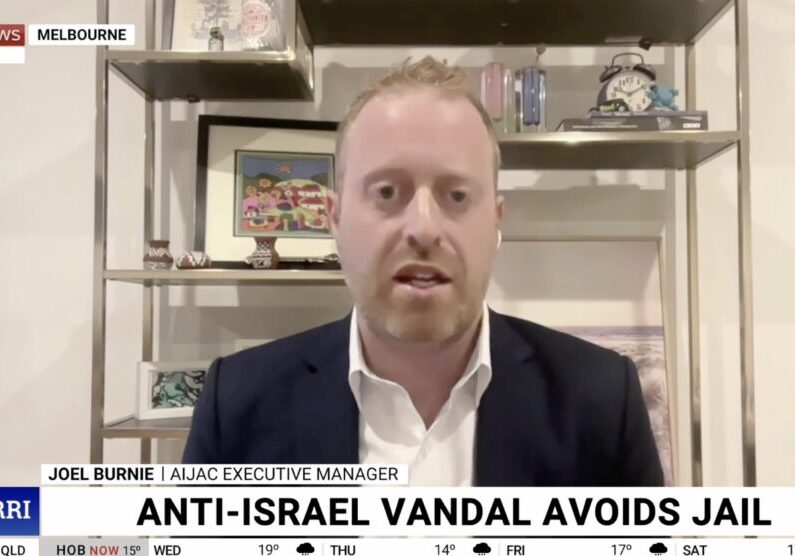
Sentencing for antisemitic vandalism “manifestly inadequate”: Joel Burnie on Sky News
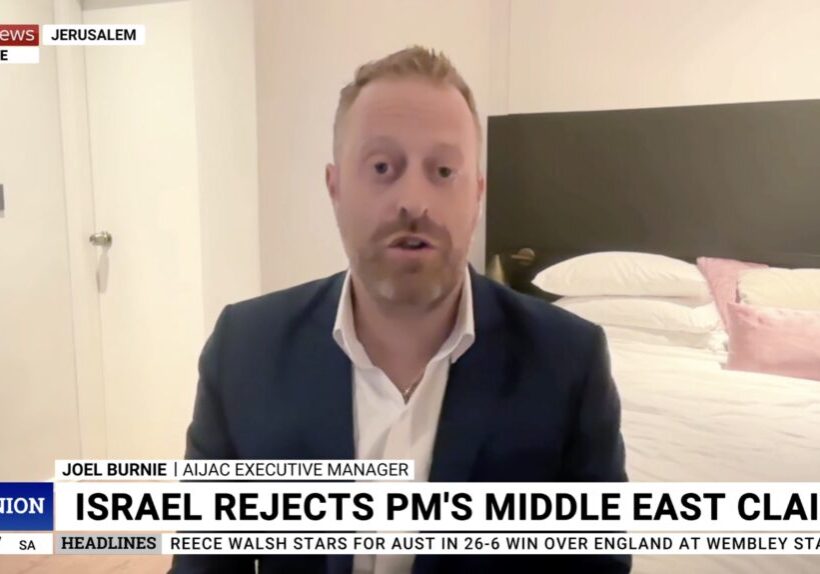
“Bittersweet” aftermath of hostage release deal: Joel Burnie on Sky News
